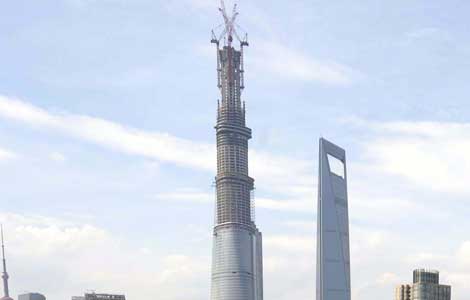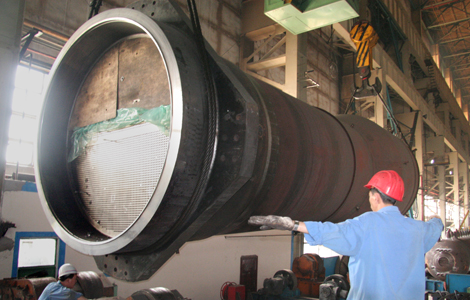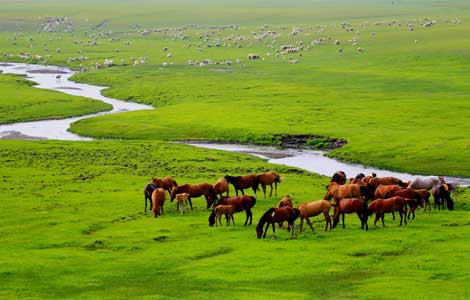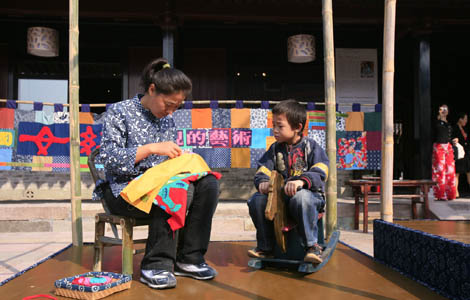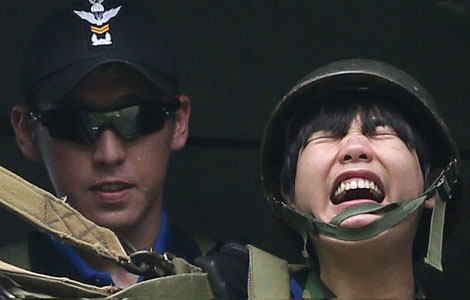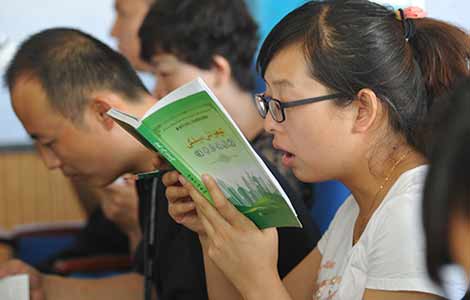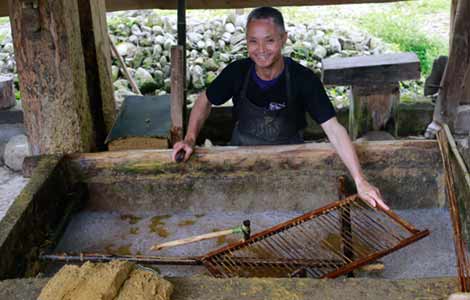Flight or Fight: Miyazaki vs Aso
Updated: 2013-08-08 10:02
By Philip J. Cunningham (China Daily)
|
||||||||
On a lighter note, Aso has been dubbed Japan's top manga fan, based on frequent media sightings of him reading boys' comics, an association further bolstered by his claim of reading 10-20 manga a week, including Golgo 13 and other teen fantasies about assassins and warriors. Around the same time, Miyazaki penned the apocalyptic manga series, Nausicaa of the Valley of the Wind, which launched his lifework of creating morally nuanced animated films laced with themes of flight and escape.
Though the famous manga reader and famous animator may find themselves on opposite sides of the fence on the question of constitutional revision, they share a similar need to address, in their work and their published comments, the unfinished business of Japan's ruinous Pacific War.
They are fellow travelers in time, members of an aging and fading generation touched by the zeitgeist of a dark war, a war whose controversies still make newspaper headlines today. What they share, despite different approaches and forks in the road long since taken, is a need to deal with the legacy of that war, to explore and examine what it means, to draw what lessons can be drawn, to make peace with a violent past.
Miyazaki is an ardent defender of the "Peace Constitution", but he is no more willing than his political nemesis Aso to consign to the dustbin of history the entire war generation of Japanese men and women, many of whom were hapless ordinary folk doing their best to survive. It is precisely this kind of nuance that animates Miyazaki's best work; his characters are idiosyncratic, individualistic, stubborn and even odd, but rarely does one encounter villains of the cardboard cutout variety.
Indeed, his latest film, The Wind Rises, is about the decent, hard-working men who created the Mitsubishi Zero as fine a piece of aviation engineering as any American aircraft of that era.
There are surely descendants of victims of wartime aggression in Asia who will be puzzled by Miyazaki's latest creation, because the stigma attached to the losers of World War II is so great it extends to the products by which they were known. In Asia there are those who, for reasons of history, reflexively hate the Mitsubishi Zero, just as in the West there are people who reflexively hate the Volkswagen, a functional people's car that happened to be commissioned by Adolf Hitler.
Shunning industrial products is one thing, painting a nationality with a single brush is quite another. The horror of war does not reflect the DNA of a so-called race or the innate traits of an imagined nation, but is rather part of a human predilection for folly and frailty, for political bloodlust and heartlessness in the heat of battle.
What Miyazaki's films teach us is that there are all kinds of people in every society, and decent people can be found in the worst places at the worst of times, despite nationalistic posturing and the daunting social pressure to conform.
It's time more peace-loving people in Japan stood up against reviving militarism to avoid repeating the past mistake.
The author is a visiting research fellow at Cornell University, New York.
Most Viewed
Editor's Picks
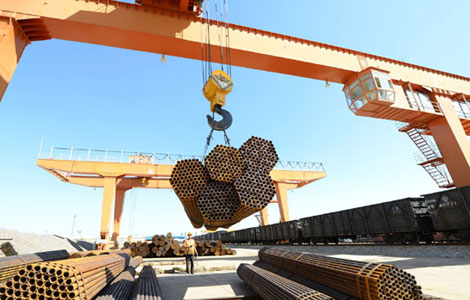
|

|
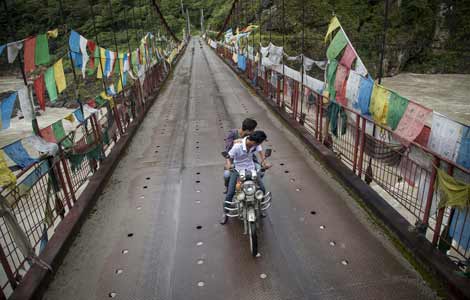
|

|

|

|
Today's Top News
EU to continue anti-subsidy solar probe
Nation poised to import more GMO products
Illegal Shanghai stay costs foreigner 10,000 yuan
China to be leading business travel market
Cards make paying global tuition easier
Probes not targeting foreign brands
Sino-US trade gap narrows
Dairy firms hit with fines
US Weekly

|

|


